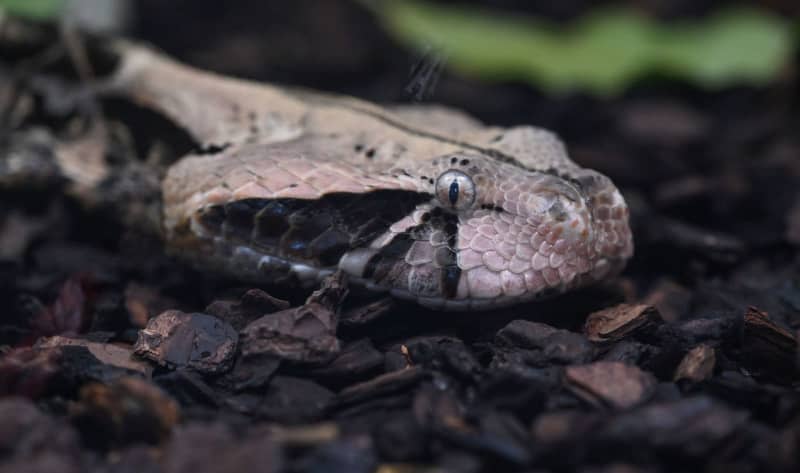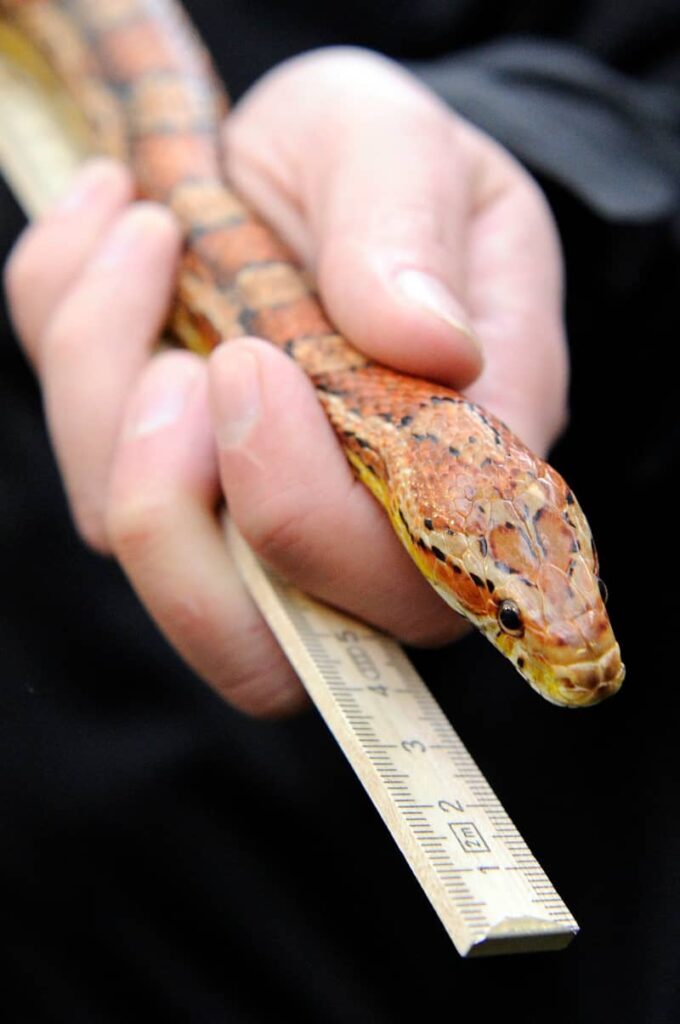A Brazilian biologist used an unusual method to study the biting behavior of venomous snakes.
João Miguel Alves-Nunes of the Butantan Research Centre in São Paulo, Brazil, delivered over 40,000 kicks to the Jararaca lance snake, a widespread and highly venomous species of viper in southeastern Brazil, with a specially made protective boot.
His findings, published in the journal Scientific Reports, provide crucial insights into snakebites in the region, which account for a significant proportion of the 20,000 envenomations reported in Brazil each year.
The snakes were not injured during the tests he and his team carried out from the Butantan Research Centre in São Paulo.
Alves-Nunes emphasizes the importance of studying snake behavior, a generally overlooked area of research, especially in Brazil. Most studies don’t examine the factors that cause them to bite, he says.
“If you study malaria, you can study the virus that causes the disease. But if you don’t study the mosquito that transmits the disease, you’ll never solve the problem,” he notes.
“I tested 116 animals and stepped on each animal 30 times.” During the series of tests, which lasted several days, he stepped on and off the snakes a total of 40,480 times.
The Jararaca lancehead snakes (Bothrops jararaca) were placed individually in a 2-square-meter arena at different times of the day. After a 15-minute acclimation period, Alves-Nunes, wearing a safety boot, stepped next to the snake or gently stood on its head, body center, or tail.
He says he feels completely safe, as none of the bites have gone through the foam-covered boots. However, he was bitten by a rattlesnake once and discovered he was allergic to both the antidote and the snake venom, resulting in a lengthy hospital stay.
Key Findings on Snakebite Behavior
The study found that smaller Jararaca vipers were more likely to bite. In addition, female snakes are generally more aggressive and bite more often, especially when young and during the day.
The study also found that females were more likely to bite at higher temperatures, while males were less likely to bite at night, preferring to flee with their well-warmed bodies.
Additionally, the chance of a defensive bite is significantly greater when a snake is touched on the head, compared to the middle of the body or the tail.
Implications for antidote distribution
The researchers hope their findings will lead to better distribution of antivenom, which is often allocated to larger hospitals, forcing some patients to travel long distances after a bite.
“By combining our data with other studies of snake distribution, we can identify areas where the snakes are likely to be more aggressive,” Alves-Nunes said.
These insights are aimed at improving public health and ensuring that antidotes are available where they are needed most, saving lives and reducing the burden on healthcare systems.
“For example, warmer locations with a higher percentage of female snakes should be prioritized for antivenom distribution.”









